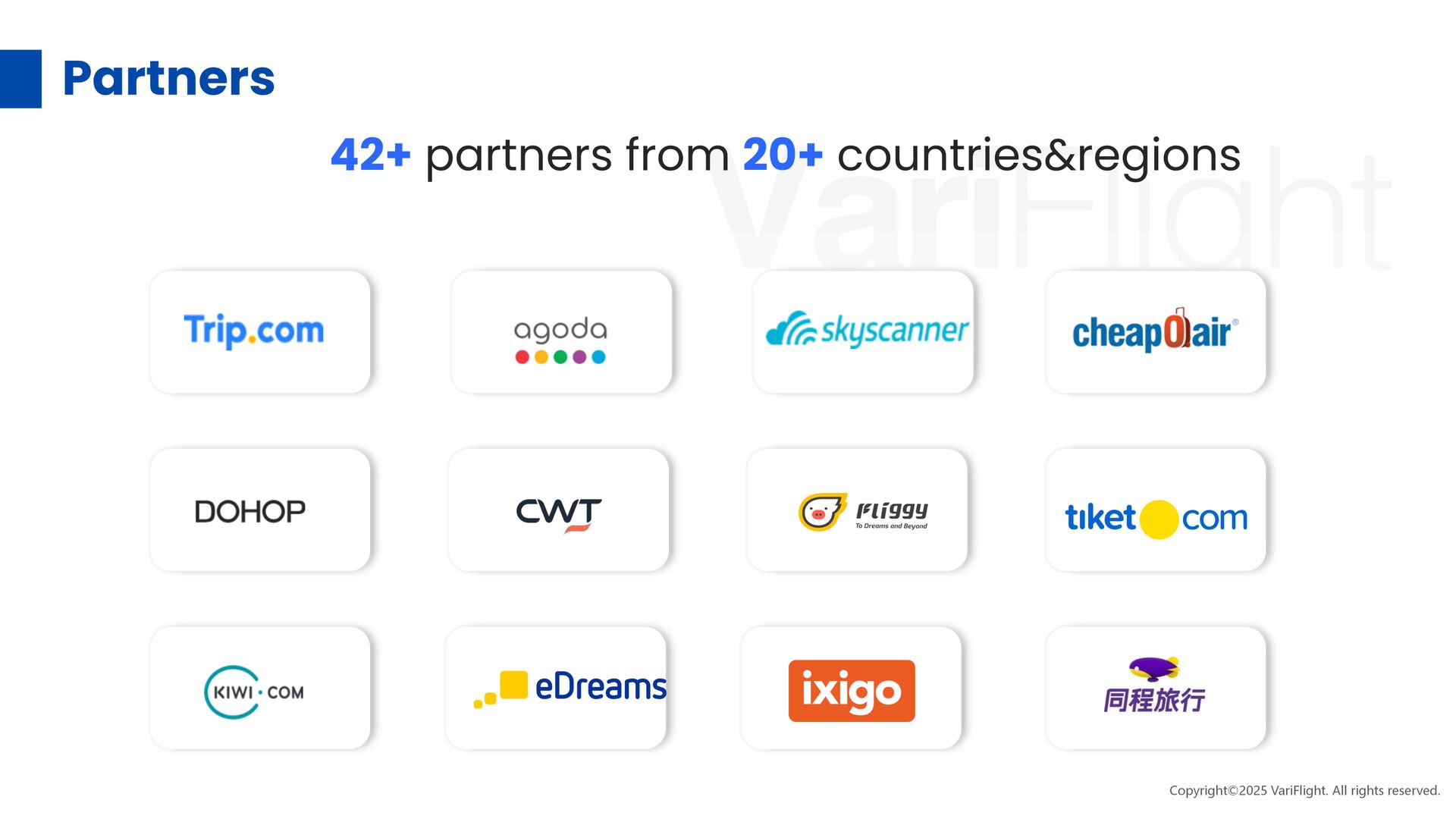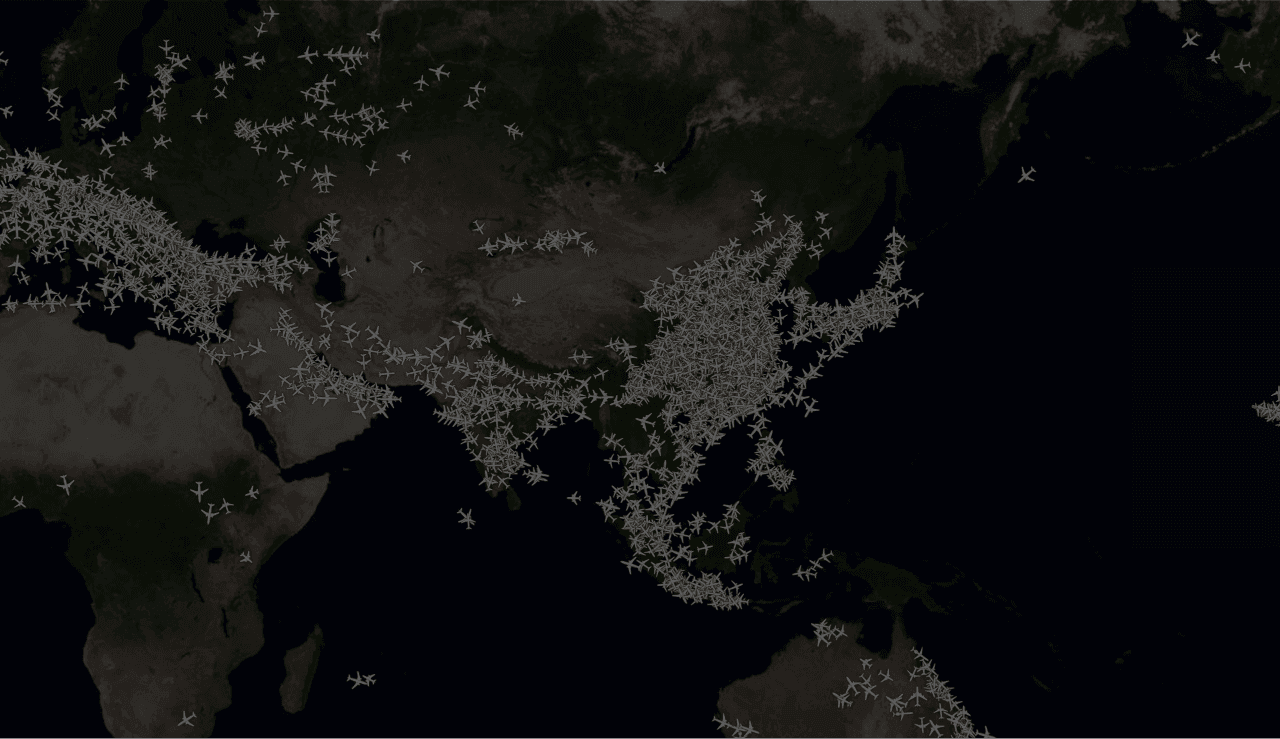Predicting Delays with Incoming Flights for OTAs, TMCs, and Insurers
Da
Learn how incoming flights data helps OTAs, TMCs, and insurance providers improve delay predictions and enhance travel risk management.
Background: Why Incoming Flight Data Matters
Flight delay prediction are a major operational challenge in global aviation. The 2024 National Flight Operation Efficiency Report is from the Civil Aviation Administration of China (CAAC). It lists the main reasons for flight delays.
· Airline operations (~26%) — maintenance, crew scheduling, aircraft dispatch
· Air traffic control and flow management (~25%)
· Weather (~24%) — thunderstorms, low visibility, snow
· Airport and ground operations (~10%)
· Other factors — security, customs, temporary airspace restrictions
These causes often create delay chains across an aircraft’s rotation. CAAC and other studies show that 20–40% of departure delays link to the delay of the aircraft’s incoming flight. People also refer to this as the preceding flight, previous flight, previous leg, or part of the aircraft rotation.

When a flight arrives late, the crew has less time to prepare for the next flight. This greatly increases the likelihood that the next flight will also experience a delay.
Keeping track of incoming flights is a strong sign of whether the next flight will leave on time.
What Is an Incoming / Preceding Flight?
An incoming flight refers to the flight segment that a specific aircraft operated immediately before the current scheduled flight. In other words, it is the "previous leg" of the aircraft. This leg directly affects the timing and reliability of the next flight.
Industry terminology varies, including:
· Incoming flight / Inbound flight
· Preceding flight / Previous flight / Previous leg
· Aircraft rotation

Knowing the status of incoming flights helps platforms, TMCs, insurance companies, and OTAs. They can expect delays, plan resources, and notify clients early. This improves efficiency and service quality.
Core Use Cases of Incoming Flight Data
Incoming flight information is particularly valuable for enterprise clients. Key use cases focus on OTAs, TMCs, travel apps, and insurance companies.
OTA: Predicting Price Fluctuations & Reducing Costs
· Delay prediction → Identifying potential lower fares
· Delays or irregular operations on incoming flights increase the uncertainty of subsequent flights. Airlines often release discounted seats or promotional fares for these flights.
· OTAs can leverage preceding flight status to capture low-fare opportunities, improving procurement efficiency and margin.
· Higher cancellation probability → Lower procurement cost
· When an incoming flight is disrupted, the cancellation probability of the following flight rises. Some airlines reduce channel purchase costs or modify rebate rules accordingly.
· OTAs can pre-purchase these flights in bulk, securing better margins.

Case Example: A European OTA integrated incoming flight data into its ticketing platform. After booking, users could monitoring flight status.
This helps them see if the flight will leave on time. They can also decide if they need to change their travel plans. Customers reported that this feature significantly enhanced user experience and created potential new revenue opportunities.
TMC (Travel Management Company): Early Risk Alerts for Time-Sensitive Travelers
· Incoming flight delays serve as early indicators of potential disruption.
· TMC travel management can send alerts to employees before official delay announcements, enabling proactive adjustments.
· You can prepare alternatives such as rebooking, ground transport, or hotel modifications in advance.

Value: Improves corporate travel efficiency, strengthens service reliability, and enhances client satisfaction.
Travel / Flight Apps: Enhance Platform Stickiness and User Experience
· Displaying incoming flight status monitoring increases information transparency.
· Users can understand potential delays and make informed decisions.
· Increases app engagement, session duration, and trust in the platform.

Value: Enhances platform retention and repeat usage, supporting product growth.
Insurers Risk Pricing & Claims Management
· Incoming flight delays signal higher risk for delay or cancellation coverage.
· Enables dynamic adjustment of pricing, coverage rules, and underwriting decisions.
· Helps lock in potential claims early, optimizing risk management and profitability.

Value: Using predictive aviation data for flight delay insurance helps improve accuracy. It also cuts unnecessary payouts and better manages travel risks.
Why DataWorks Can Provide This Information
VariFlight has focused on aviation for over 20 years. They have built one of the largest global flight information networks.
· Global coverage: Flight data coverage reaches 97% worldwide, sourced from 10,000+ airports and 1,200+ airlines.
· Real-time monitoring: ADS-B devices track more than 66,000 aircraft every day. They provide timely and accurate updates. The data refreshes in just a few minutes.
· Extensive partnerships: Collaborations span 30+ countries with 1,000+ partners, including major OTAs like Trip.com.

DataWorks, as VariFlight’s dedicated aviation data solutions brand, leverages this infrastructure to provide reliable incoming flight information.
Free Data Trial : Apply Now

FAQ
1. Can incoming flight information accurately predict the next flight delay?
incoming flight information plays an important role in predictive aviation data. It doesn’t guarantee the next flight’s delay, but it can greatly improve prediction accuracy.
2. Why are some flights missing incoming flight data?
Possible reasons include new routes, delayed data reporting, ADS-B tracking coverage gaps, or interface delays.
3. How long does an incoming flight delay need to be to significantly affect the next flight?
If the delay exceeds the aircraft turnaround buffer, the next flight will likely experience a delay.
4. How can enterprises integrate incoming flight data into their systems or platforms?
DataWorks offers APIs and data interfaces. These tools provide flight status, delay information, and flight details to enterprise systems.
5: What’s the difference between on-time performance and incoming flights data?
On-time performance shows historical delay trends, while incoming flights data reflects the actual status of previous flights. Using both improves delay predictions.
6. Is incoming flight information applicable for multi-leg, cross-time-zone, or international flights?
Yes, DataWorks’ global coverage (97% of flights worldwide) ensures applicability for multi-leg and international operations.
